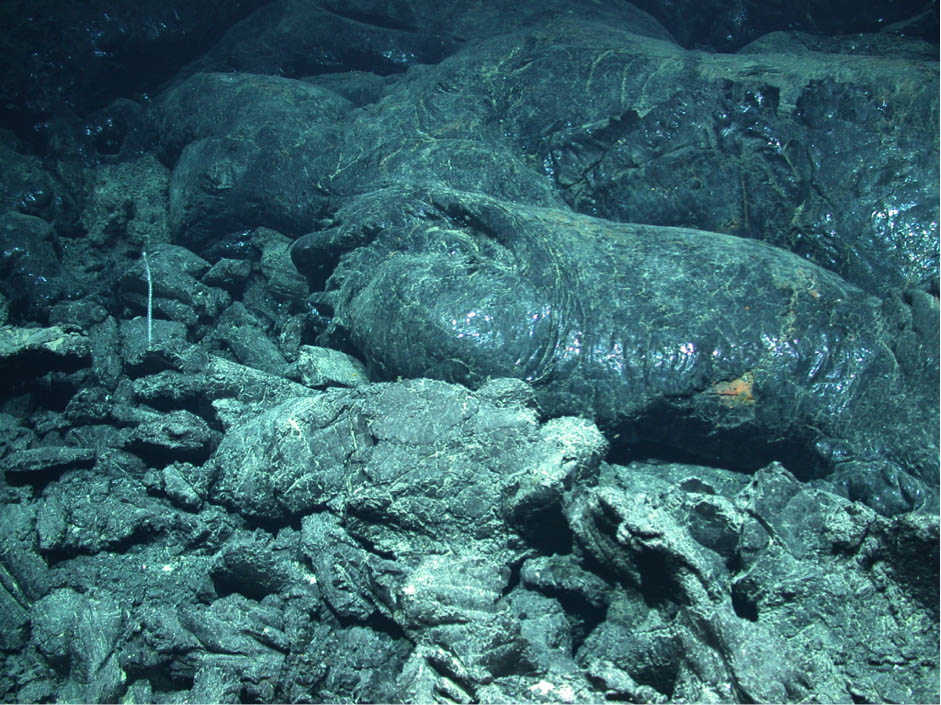AIMS3
Alternate scenarios, Innovative technologies, and Monitoring approaches for Sub-Seabed Storage of carbon dioxide
AIMS3 will deliver new insights, monitoring tools and best practice guidelines for CO2 storage at oceanic Carbon Capture and Storage (CCS) sites, specifically in crustal rocks (basaltic ocean crust) on the slow-spreading flanks of mid-ocean ridges (MORF) with sedimentary drape where CO2 can be fixated effectively without the risk of a later escape. The study forms a distinct progression of CO2 injection experiments with a focus on mid-oceanic ridge flank (MORF) environments. In contrast to conventional CO2-injection in former coastal subseafloor reservoirs or aquifers, AIMS3 utilises reactive rock formations, namely the upper, heavily altered oceanic crust, with precipitation of carbonate minerals in pore waters upon introduction of liquid CO2 or bicarbonate. Carbon mineralization in basaltic rocks offers a global storage potential that exceeds anthropogenic emissions.
AIMS3 will identify (using existing commercial sensors and newly developed sensors such as ISFET-pH, DIC and optical CO2), and monitor (arrays of stationary and autonomous platforms) potential CO2 leakages at CCS sites. We will develop with industrial partners a suite of cost-effective tools to identify, detect and quantify CO2 leakage with high precision and accuracy, which will provide the basis for an enhanced public confidence in CCS and a sustainable management of CCS procedures under various geological scenarios, well beyond the examples studied in AIMS3. Based on the wealth of data and direct comparison between the two most immanent geological scenarios (in AIMS3 and the GEOSTOR project), we will also deliver best practices for selection and operation of offshore CCS reservoirs, including an assessment of the utility of chemical tracers in the marine environment (mostly the carbonate system).











